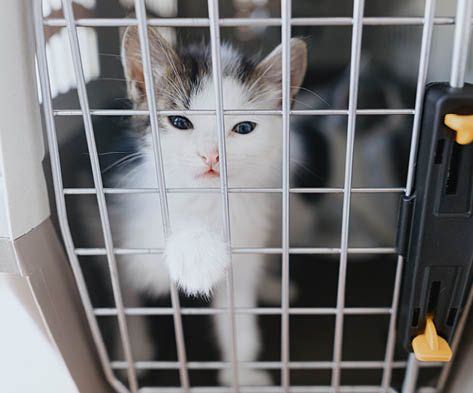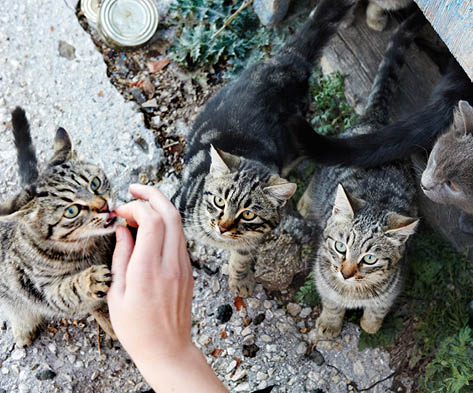


Stray cat population control.
The last estimate of stray cat numbers in Cyprus, by various Cat welfare organizations was 1,5 million.
The need for control:
It is important to develop long-term, sustainable strategies to deal effectively with stray animal populations.
This is essential to protect the health and welfare of the animals.
Experience shows that effective control involves the adoption of more than one approach (WHO/WSPA, 1990; International Companion Animal Management Coalition, 2007).
1. In Western societies, where the concept of “ownership” predominates, it requires a comprehensive, coordinated and progressive programme of owner education.
2. Environmental management- compulsory registration and identification, controlled reproduction of pets and the prevention of over production of pets through regulated breeding and selling. All of these elements should be underpinned by effective and enforced legislation. To implement these elements successfully requires the involvement of more than one agency; and in turn is dependent upon the willingness of government departments, municipalities, veterinary agencies and non government organisations (NGO’s) to work together.
3. Community involvement - we all need to work together to control the overpopulation of strays on the streets. This is achieved by Trap Neuter Return (TNR) campaigns. This requires again the cooperation of various agencies as mentioned above but also the help and support of the general public.
4. More shelters for cats are needed. This is necessary to care for young kittens, sickly and injured cats.
TNR Works
A number of TNR programs have demonstrated dramatic population reductions and, in some cases, have completely eliminated colonies of free-roaming cats. For details, please visit resources such as “Trap-Neuter-Return Success Stories: What the Research Tells Us.”